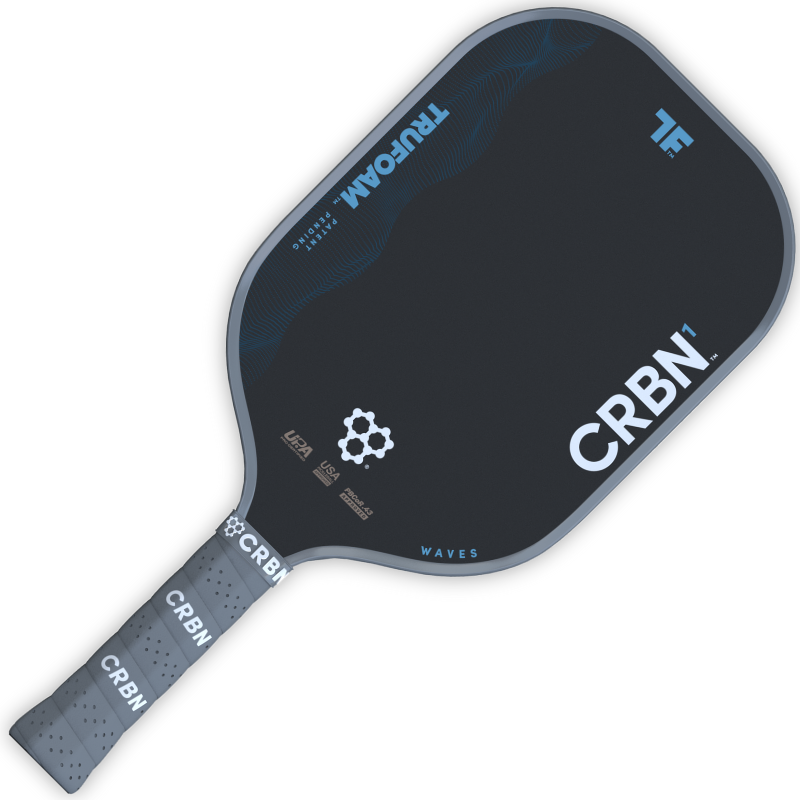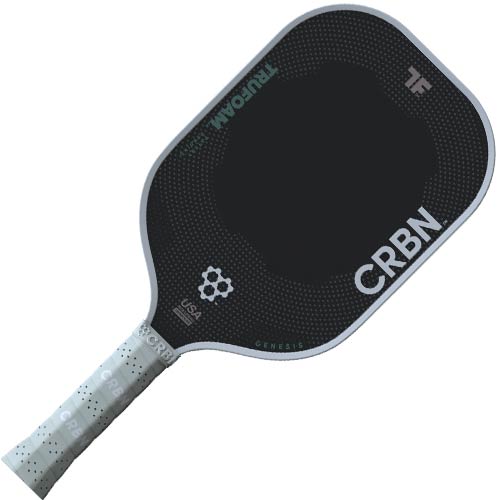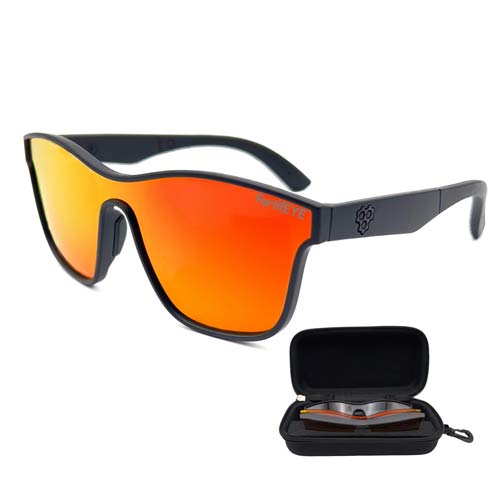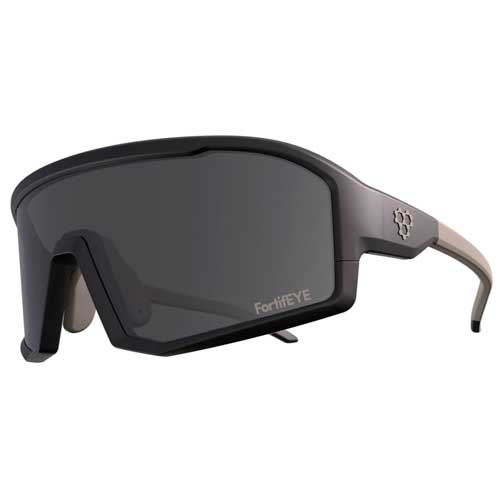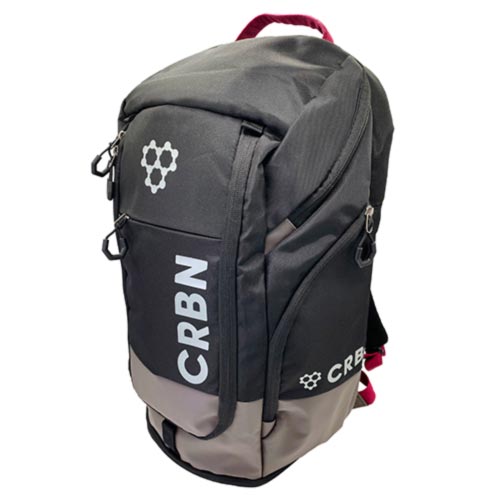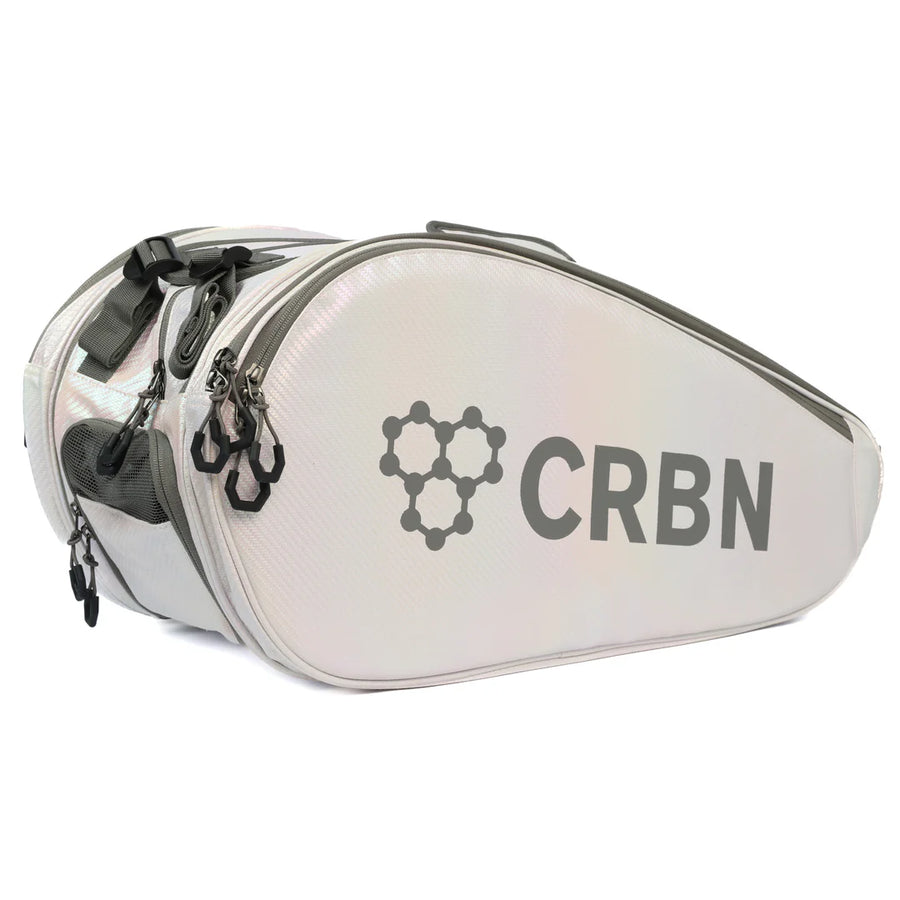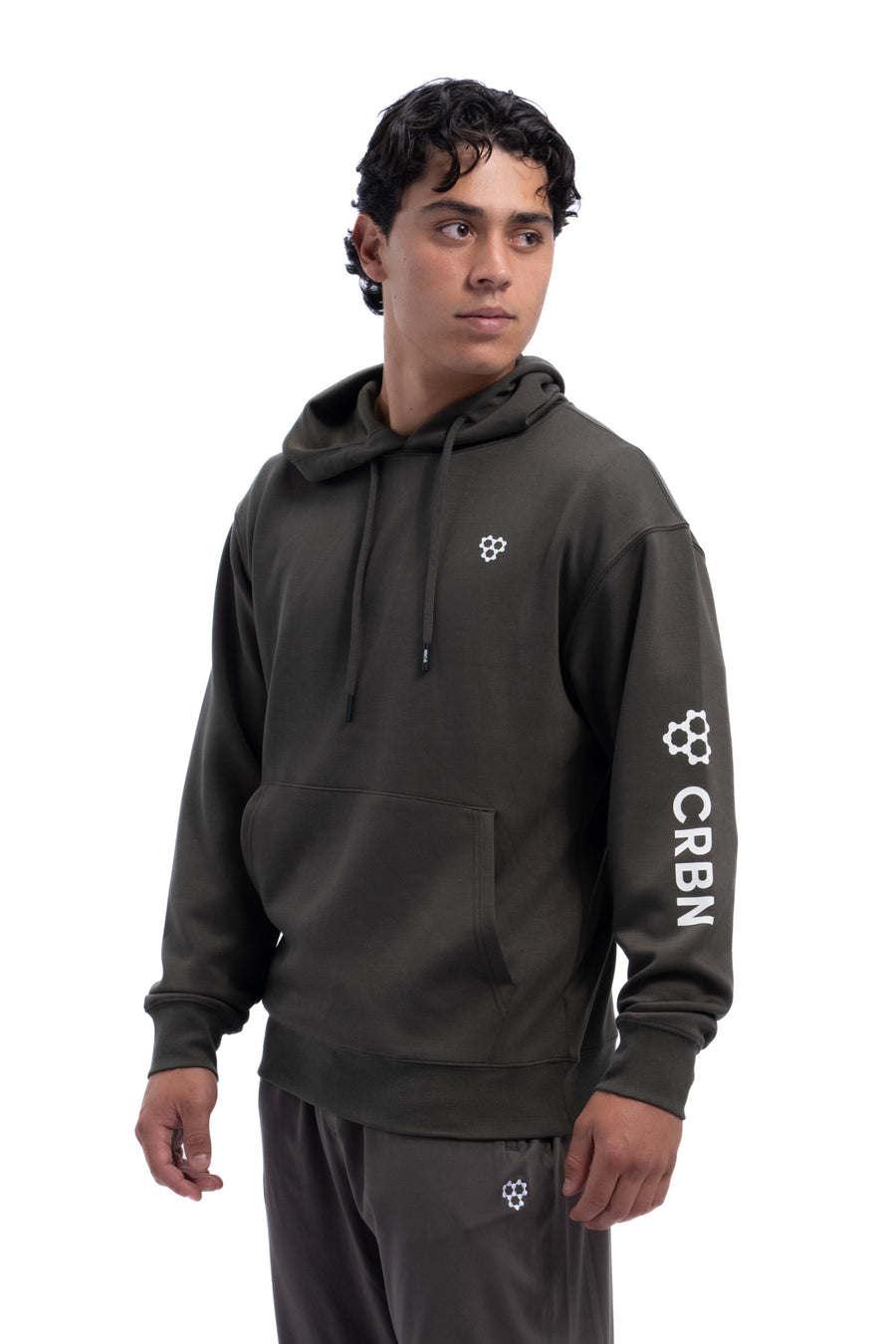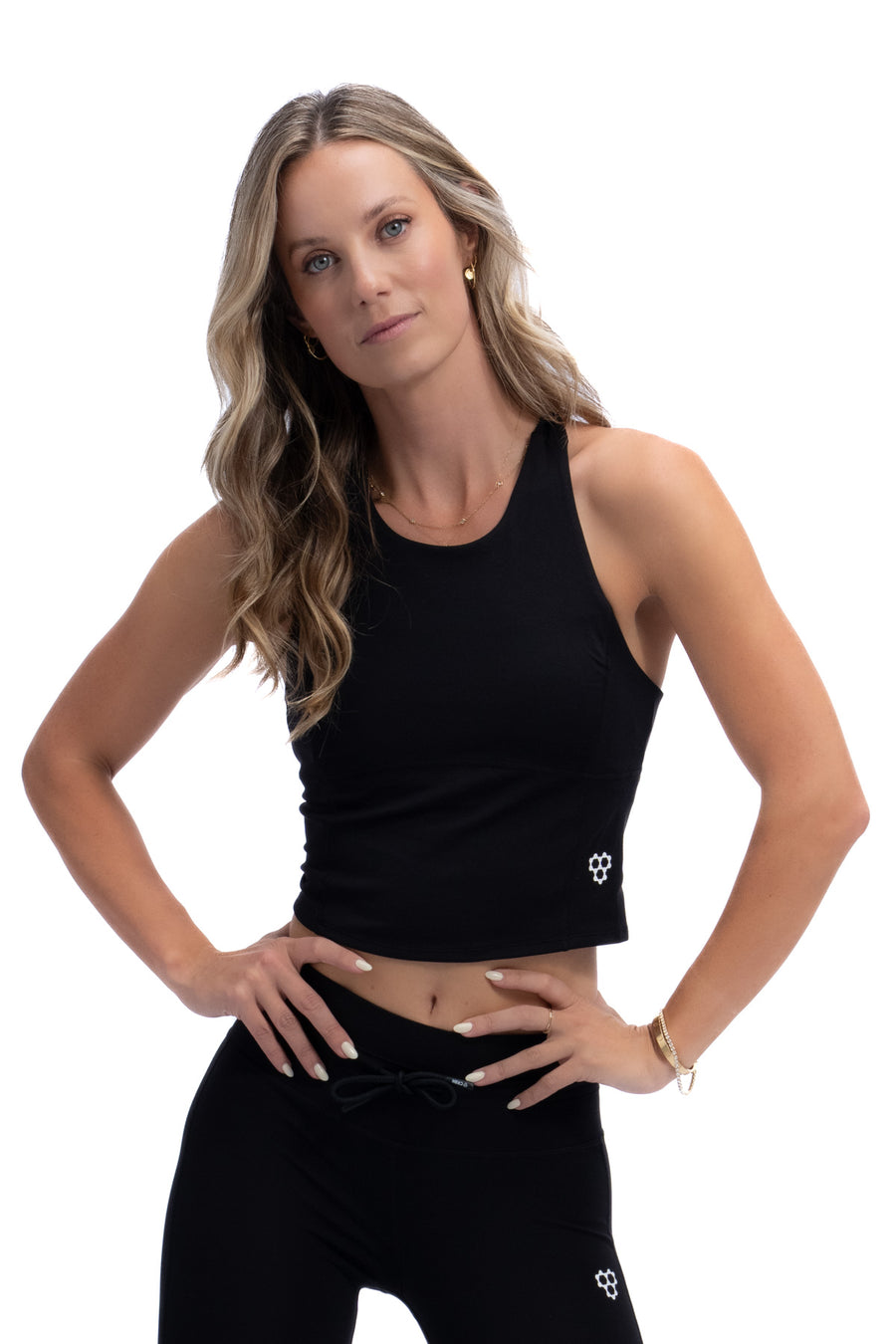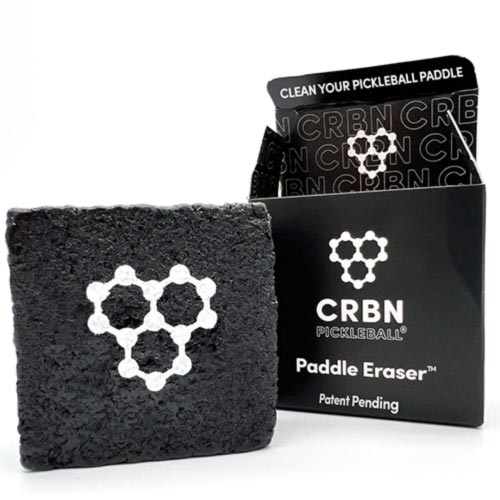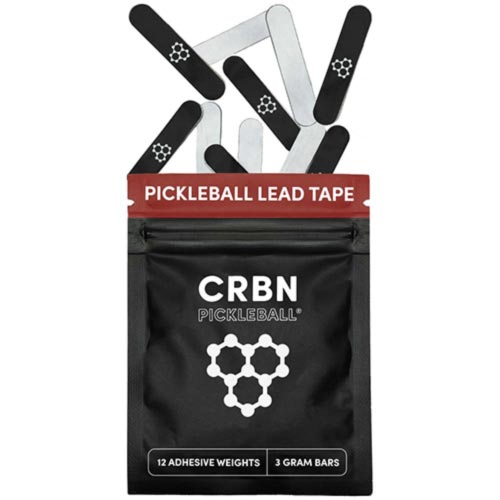Serve and Return Like a Pro
Let’s be real—you already know the basics. You can dink all day, your third shot drop is more art than science, and you know the value of staying out of no man’s land. But if you’re a high-level pickleball player looking to squeeze every ounce of advantage from your game, it’s time to take a hard look at the two most underrated shots in the game: the serve and the return.
That’s right. We’re talking about the shots that start the point but don’t get nearly the love they deserve. And who better to break them down than pro player Tanner Tomassi and coach Brodie Smith in their video, "How to Serve & Return Like a Pro"?
Game-Changing Pickleball Serve and Return Tips for Advanced Players
Here are the golden nuggets from the above video that will immediately elevate your game and to you to that next level of pickleball. Every point starts with a serve and a return, so these skills a pivotal in improving your quality of play.
The Serve: Stop Playing It Safe
You don’t need a laser serve like you’re trying out for the US Open, but if you’re just tapping it in, you’re leaving points on the table. Tanner and Brodie emphasize that depth and precision are key.
-
Go deep, consistently. Make it uncomfortable for your opponent to return aggressively.
-
Mix it up. Vary your speed, spin, and placement. Not every serve has to be a cannon, but it should always keep your opponent guessing.
-
Use your serve to set up the third shot. A deep serve often forces a shorter return, giving your team a juicy opportunity to take control of the point early.
Pro Insight: Even top-level players aren’t immune to pressure. A high, fast, or unpredictable serve can break patterns and force errors.
The Return: Get In, Get Low, Get Control
It’s easy to treat the return as a mere transition shot—but at your level, it’s more than that. Tanner and Brodie break down what separates pro-level returns from everyone else:
-
Depth is still king. The deeper the return, the harder it is for the serving team to make a clean third shot drop.
-
Arc and height give you time. A higher return not only gives you more margin for error, but also buys you precious seconds to move up to the kitchen.
-
Move with purpose. As soon as that return leaves your paddle, you should be transitioning to the NVZ. No coasting.
Pro Insight: Pros aren’t just returning—they’re positioning themselves to dominate the net. And they do it with intention.
Footwork and Rhythm: The Silent Game-Winners
You know those players who always seem to be in the right place at the right time? That’s no accident.
-
Serve with a plan. A balanced stance and split-step after the serve put you in prime position to respond.
-
Return on the move. Don’t wait around to see what your partner’s doing. Return the ball and charge.
Tanner and Brodie show how footwork can make or break your transition to the kitchen line. The pros look effortless not because they’re fast—but because they’re smart with their steps.
Want to Level Up? Practice With Purpose
Let’s face it, most of us don’t practice our serve and return with the same intensity we do our dinks or drives. That changes now. Start implementing:
-
Target practice for serves. Pick a corner, aim deep, and repeat. Build muscle memory for those high-pressure moments.
-
Return drills that mimic game speed. Practice returning with arc, while moving forward, and tracking your landing spots.
Pro Insight: Film yourself. Seriously. Watch how your serve and return compare to the pros. You’ll see opportunities to tweak angles, stance, and even timing.
Final Word: Small Tweaks, Big Results
You’re not starting from scratch—you’re sharpening the edge. And in a game where every inch and split-second matters, mastering the serve and return is your secret weapon.
So next time you step onto the court, don't just get the ball in play. Serve and return with a plan, with pressure, and with purpose.
Because when you play like a pro from the very first shot, you set yourself up to win like one. Now get out there, hit it deep, and move like you mean it.
Be sure to checkout the Pickleball Cheat Code Podcast on Apple Podcasts and Spotify for more great pickleball tips.
